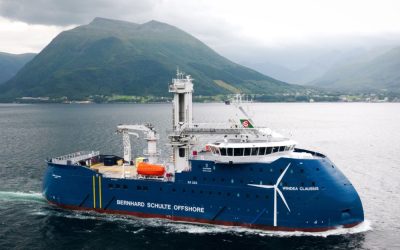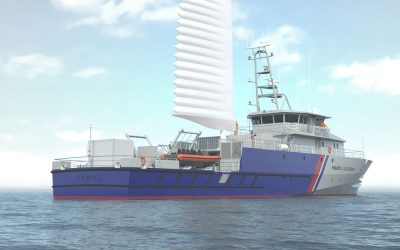The introduction of the 0.5% Global Sulphur Cap for marine fuels on 1 January 2020 represented one of the biggest changes to impact merchant shipping in modern times.
Despite concerns – and IMO’s sulphur mandate coming five years earlier than originally expected – the switch went far more smoothly than many had predicted. Today around 60,000 vessels, or 70% of the global fleet, operate on Very Low Sulphur Fuel Oil (VLSFO) blends. However, shipowners soon discovered, sometimes at a considerable cost, that VLSFO sometimes presented more insidious problems.
Nearly two and a half years after the introduction of the Sulphur Cap, the novelty surrounding VLSFO may have waned but those concerns surrounding it don’t appear to have dissipated. In January 2022, research published by Singapore-based fuel testing facility CTI-Maritec suggested that 3.9% of VLSFO fuel samples taken in 2021 failed to conform with the Table 2 test requirements of ISO 8217 including the margin applied to the recipient in accordance with ISO 4259 (the monitoring requirements for petroleum and related products). This equates to an off-spec total roughly similar to that of the previous year.
Step change
Marine technical and scientific consultants Brookes Bell is among those that has been actively highlighting VLSFO quality issues. Speaking to The Naval Architect, David Moore, a fuel chemist with the company, points out that VLSFO has been something of a step change from the blending of more traditional residual marine fuel oils.
He explains: “Gone are the days when you’d see an RMG 380 always blended up to a viscosity and density limit. When I was working in an oil refinery, blending large batches of high sulphur fuel oil you would use three or four blending components, the cheapest of which were the most viscous and highest density ones that you would ‘cut back’ to meet the limits for those parameters. With the new fuels it would be fair to say we’re not entirely certain where refineries get their blendstocks and blending components from these days.”
The fuel supply chain is notoriously opaque, making it difficult for shipowners to be completely confident about the provenance of the fuel they are bunkering without proper testing. Furthermore, it’s important to remember that while bunkering price reporters typically lump all ‘VLSFO’ under a single category for simplification, different blends can vary significantly in their chemical composition and viscosity.
Many VLSFOs have a paraffinic base, but naphthenic and aromatic bases are also commonplace. Given the high risk of incompatible blends, the commingling of fuels is strongly advised against without rigorous testing.
Thermal stress
Brendan Cuffe, Brookes Bell’s Director of UK (Marine Engineer), tells TNA the wide range of VLSFO viscosities – he’s seen as low as 10 or 11 centiStokes (cSt at 50°C) – puts increased onus on the ship’s engine room staff to ensure the purifier is correctly configured for the fuel they’re dealing with. “Purifier inlet temperature is normally varied in accordance with the viscosity. Whereas pre-2020 fuels were typically high viscosity and required heating to temperatures as high as 98°C for purification, you may not have to heat VLSFO as much. If you do, you could risk potentially thermally stressing a fuel unnecessarily,” he explains.
Thermal stress, or overheating, is a potential vulnerability of VLSFO, but it can be a fine line between under- and overheating. The aforementioned CTI-Maritec research also cited cold flow issues due to wax formation and cat fines due to reduced purifier efficiency. It should be noted wax appearance temperature is not one of the Table 2 characteristics covered by ISO 8217. Moore suggests that the low viscosity often found in these fuels, a stark contrast with the treacle-like consistency of HFO, may be lulling operators into a false sense of security that there’s no need to heat it to the same extent.Because many VLSFOs are paraffinic this means they generally have a higher pour point than HFO. The standard procedure onboard vessels is to heat fuel 10-15°C above the pour point to mitigate the risk of cold flow, but in the case of VLSOs this is sometimes not sufficient to keep all the waxes dissolved. Although tests do exist for measuring the so-called wax appearance temperature – when wax crystals begin to appear – they are not currently part of the ISO 8217 testing procedures.
For the full article please see the May 2022 edition of The Naval Architect.




